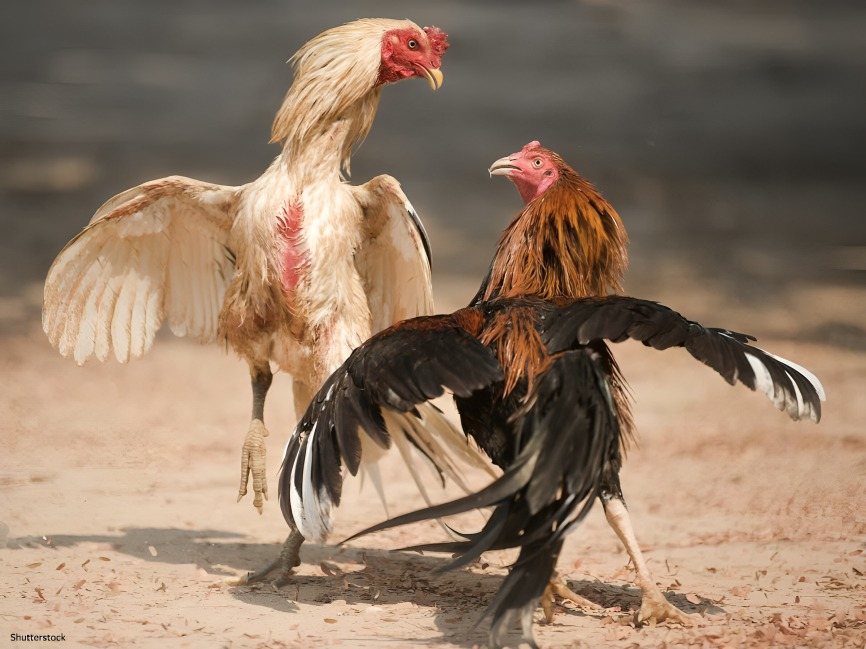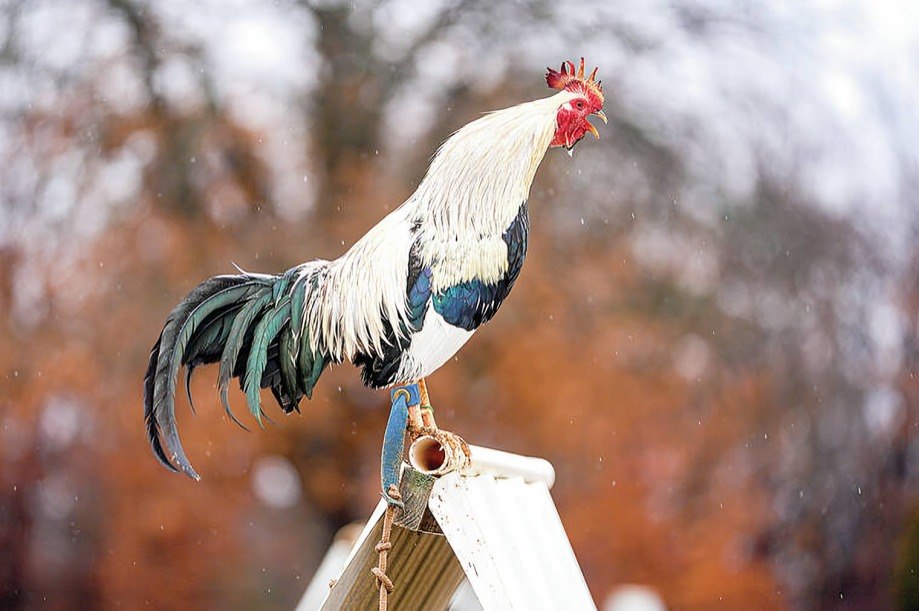Cockfighting, a centuries-old blood sport, has long been a source of entertainment, cultural pride, and controversy. Rooted deeply in the traditions of many societies, this practice pits specially trained roosters against each other in violent combat. While some view it as a cultural heritage worth preserving, others condemn it as cruel and inhumane.
Historical Roots of Cockfighting

Cockfighting traces its origins back over 2,000 years, with evidence of the practice found in ancient civilizations such as Persia, India, and Southeast Asia. It gained prominence in Greece and Rome before spreading globally, finding a strong foothold in regions like Latin America, the Philippines, and Southeast Asia. In many of these places, cockfighting remains an integral part of traditional ceremonies and social gatherings.
The Practice of Cockfighting

Gamecocks, or roosters bred specifically for fighting, undergo rigorous training to heighten their aggression, stamina, and strength. Matches typically take place in a circular pit or arena, where the birds are often equipped with metal spurs or blades attached to their legs. These fights can last minutes or hours and frequently result in severe injuries or death for one or both birds.
Betting is a significant aspect of cockfighting, with large sums of money often at stake. This gambling element fuels the sport’s popularity, especially in rural and economically challenged communities.
Cultural Significance

For many communities, cockfighting is more than a sport; it is a tradition that symbolizes masculinity, honor, and social bonding. In countries like the Philippines, sabong (cockfighting) is woven into the cultural fabric, with some believing it brings good fortune and prosperity. In Bali, Indonesia, cockfights are tied to religious ceremonies, where they serve as offerings to the gods.
Ethical Concerns
Animal Cruelty
Animal rights organizations and advocates strongly oppose cockfighting due to its inherent cruelty. The physical and emotional suffering inflicted on the roosters during training and combat is significant. Critics argue that no cultural or traditional justification can outweigh the ethical implications of such a violent practice.
Impact on Society
In addition to animal cruelty, cockfighting raises concerns about its influence on societal values. The normalization of violence and the prevalence of gambling associated with the sport can negatively affect communities, particularly impressionable children.
Legal Landscape
Global Perspective
The legality of cockfighting varies worldwide. In countries like the Philippines, Mexico, and some regions of Indonesia, it is legal and often regulated. Conversely, it is banned outright in nations such as the United States, Canada, and most of Europe.
Challenges of Enforcement
Even in places where cockfighting is illegal, underground events persist, making enforcement a challenge. Corruption, cultural attachment, and economic reliance on the sport contribute to its resilience.
Moving Toward Change
Advocates for animal welfare suggest alternative ways to preserve the cultural aspects of cockfighting without perpetuating violence. These include simulated cockfights, where no harm comes to the animals, and virtual platforms for betting and competition. Education and awareness campaigns can also play a role in shifting perceptions toward more humane practices.
Conclusion
Cockfighting exists at the crossroads of cultural tradition and modern ethics. While it holds deep significance in many communities, its violent and exploitative nature has drawn widespread condemnation. Striking a balance between respecting cultural heritage and advocating for animal rights is crucial as societies evolve. Addressing this issue requires dialogue, education, and innovative solutions that honor tradition while promoting compassion and ethical standards.
